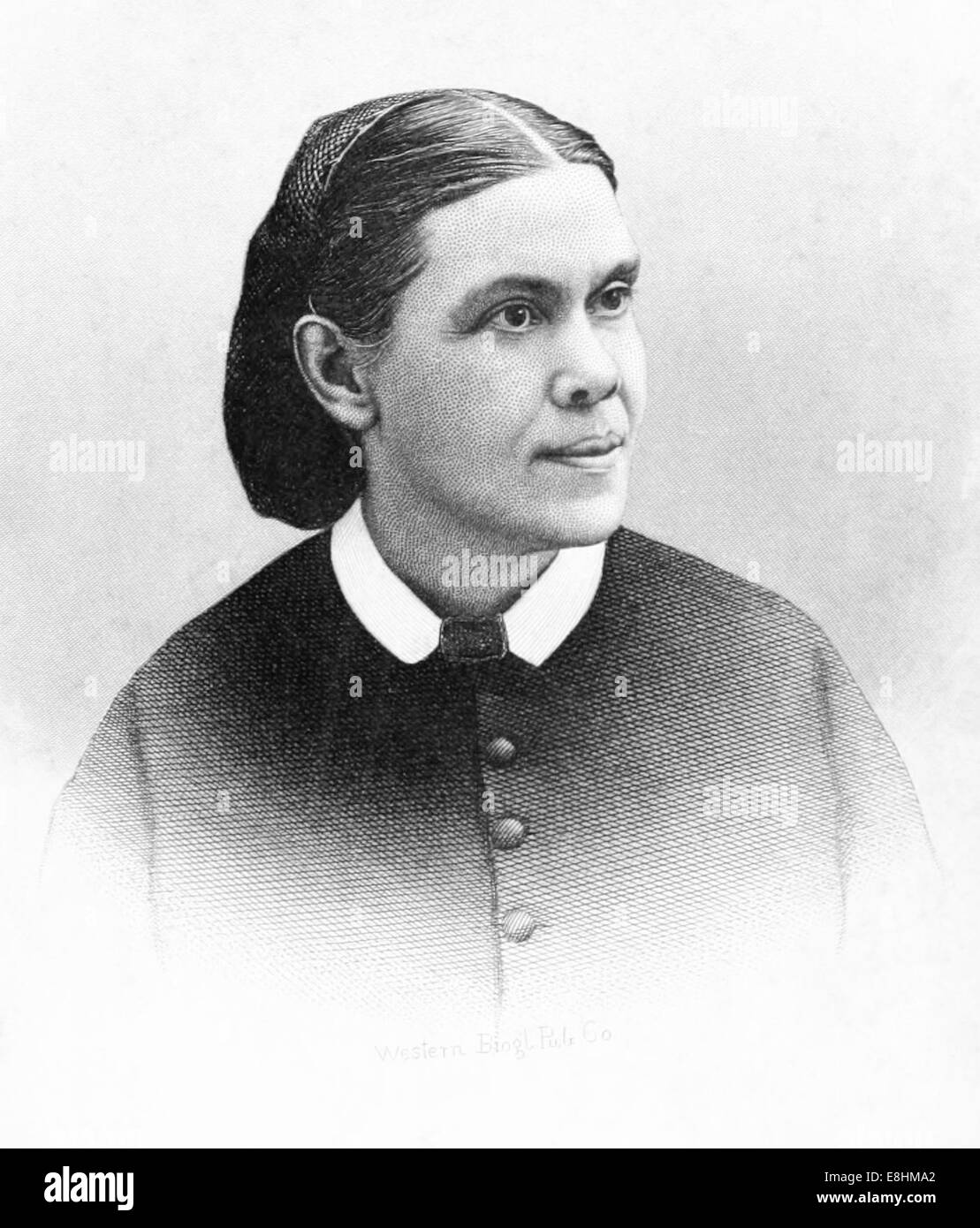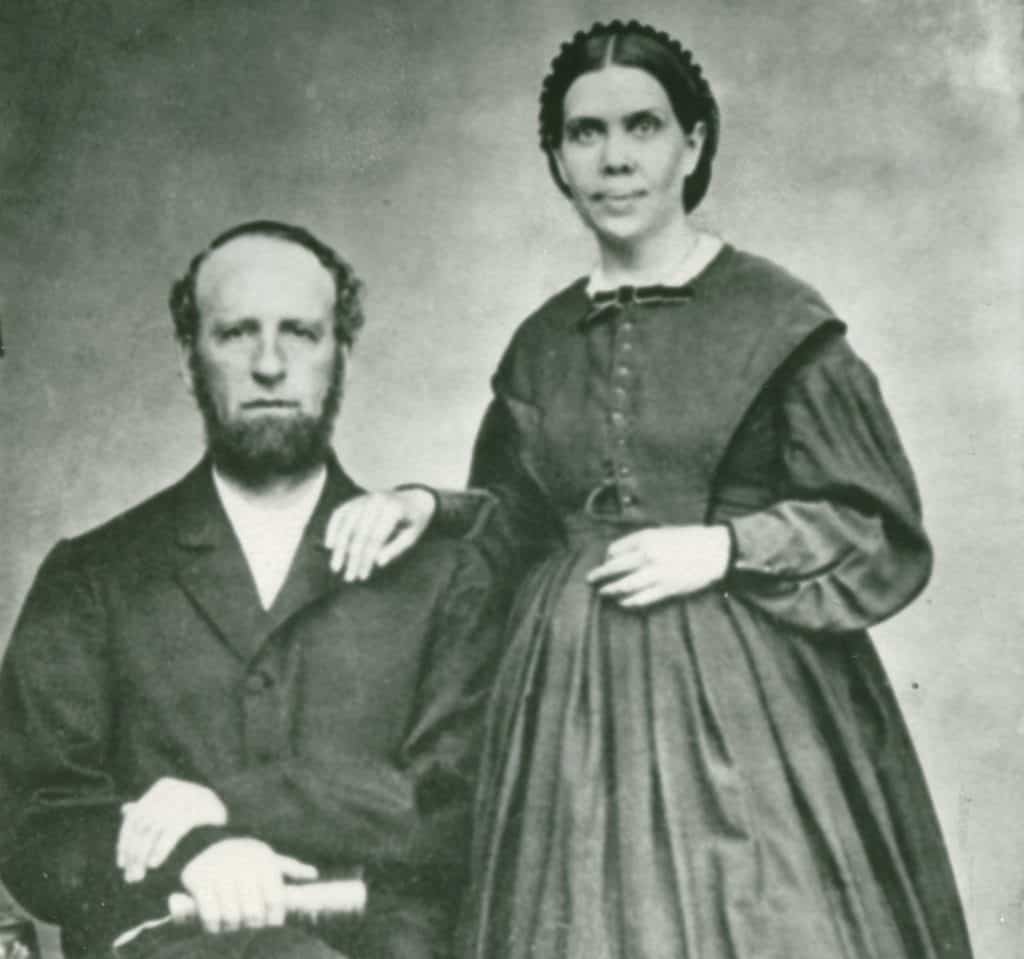Did a young woman from Maine, barely out of her teens, truly hold the key to understanding spiritual truths that would shape the beliefs of millions? The life and works of Ellen G. White remain a subject of intense scrutiny and devotion, solidifying her role as a pivotal figure in the history of the Seventh-day Adventist Church.
Born Ellen Gould Harmon on November 26, 1827, in Gorham, Maine, her journey was far from ordinary. Raised in a devout Christian household, with her father an exhorter in the Methodist Church, her early spiritual development was deeply rooted in Methodist traditions. The experiences she had in those formative years shaped the course of her life and, ultimately, influenced the trajectory of a burgeoning religious movement. Later known as Ellen G. White (née Harmon), she became a central figure in the development of Seventh-day Adventism, a movement that emerged from the Millerite awakening. Her legacy is complex, encompassing roles as a writer, speaker, and a figure often attributed with prophetic gifts.
| Category | Information |
|---|---|
| Full Name | Ellen Gould Harmon White |
| Birth Date & Place | November 26, 1827, Gorham, Maine, U.S. |
| Death Date & Place | July 16, 1915, St. Helena, California, U.S. |
| Religious Affiliation | Seventh-day Adventist |
| Spouse | James White |
| Key Role | Co-founder of the Seventh-day Adventist Church, Writer, Speaker |
| Notable Works | Steps to Christ, The Great Controversy, Desire of Ages, Patriarchs and Prophets, Prophets and Kings |
| Legacy | Considered a prophetess by Seventh-day Adventists; her writings shape doctrine and lifestyle within the church. |
| Official Website | Ellen G. White Estate |
The early Adventist movement comprised individuals from diverse backgrounds. They were farmers, lawyers, teachers—ordinary people drawn together by a shared belief in the imminent return of Christ. Among them were those with prior experience in pastoral ministry, figures who would rise to prominence within Adventism. Their skills and dedication proved invaluable as the movement began to coalesce into a more organized structure.
The establishment of the Seventh-day Adventist Church marked a turning point. It was a moment when the initially loosely connected group of believers began to formalize its doctrines, structures, and mission. In this evolving landscape, key leaders emerged, individuals who would shape the church's identity and direction. One such figure eventually held the prestigious role of president of the General Conference, providing leadership and guidance to the global Adventist community. This individual also served as an editor of the Adventist Review, a crucial publication for disseminating Adventist thought and fostering a sense of unity among believers.
One of the most well known figures was A. He was a Bible scholar, deeply committed to understanding and interpreting scripture. His insights played a significant role in shaping several Adventist beliefs, contributing to the unique theological framework that distinguishes the church. He was more than just a scholar; he was a multifaceted individual who juggled many roles within the church, demonstrating his dedication and willingness to serve in various capacities. Most notably, he broke new ground as the first official missionary for the Adventist Church outside North America, venturing into uncharted territory to spread the Adventist message to new audiences. His pioneering work paved the way for future missionaries and helped to establish a global presence for the Adventist Church.
The early Adventist movement had roots in the Millerite movement, a fervent religious awakening spurred by William Miller's predictions about the Second Coming of Christ. When those predictions failed to materialize, it resulted in what became known as the "Great Disappointment." This event shook the faith of many, but a small group of believers persisted, seeking to understand what they believed had gone wrong and searching for new meaning in their faith. This remnant, these "light bearers," were determined to continue their quest for spiritual truth, ultimately laying the foundation for the Seventh-day Adventist Church. This period was characterized by intense study of the Bible and earnest prayer, as they sought to discern God's will and understand their place in His plan.
James White and Joseph Bates, two of Adventism’s three founders, had backgrounds in the Christian Connexion. The Christian Connexion was a movement emphasizing Christian liberty and a return to the Bible as the sole authority. Their experience within this movement undoubtedly influenced their approach to theology and church governance as they helped shape the Adventist Church. Similarly, Himes, the second most influential Millerite leader, also came from a Connexionist background. These connections highlight the cross-pollination of ideas and influences that contributed to the formation of early Adventist thought.
Ellen G. White's role in the Adventist Church is often a topic of considerable discussion. Adventists do not regard her as a saint, nor do they view her writings as an addition to the Bible. Instead, her writings are considered a source of inspired counsel and guidance, shedding light on biblical principles and offering practical advice for Christian living. Her prophetic claims are not accepted blindly but are tested and proven by the Bible, adhering to the principle of "Sola Scriptura," the belief that the Bible is the ultimate authority in matters of faith. This approach reflects a commitment to both spiritual guidance and biblical fidelity.
Official history, and the first written by a trained historian, provides a valuable perspective on the development of Adventism. These historical accounts offer a more objective and scholarly examination of the church's origins, growth, and evolution. By relying on historical methods and evidence, these works contribute to a deeper understanding of the Adventist experience and help to separate fact from legend. These carefully researched narratives provide context and nuance, allowing for a more informed assessment of the Adventist Church's past.
The Spalding family made a significant move in 1951, relocating to Collegedale, Tennessee. This move may have been related to their involvement in Adventist education or other church-related activities in the region. Collegedale is home to Southern Adventist University, a prominent institution within the Adventist educational system. The presence of the university likely made Collegedale an attractive location for individuals and families deeply involved in the Adventist Church.
Gender and sectarian change played a significant role in the development of this emerging religion. Ellen G. White's prominent position as a woman leader was relatively unusual for the time and challenged traditional gender roles within religious institutions. Her influence helped to create a more inclusive environment within the Adventist Church, empowering women to participate in leadership and ministry. The movement also navigated sectarian changes, evolving from its roots in the Millerite movement to establish its own distinct identity and theological framework.
“Inilarawan ni Ellen ang pagtawag ng diyos sa edad na 17 upang maging kanyang makahulang mensahero sa dating mga naniniwala sa millerite kung saan binuo ang...” (Ellen described God's calling at the age of 17 to be his prophetic messenger to the former Millerite believers where...) This excerpt, originally in Tagalog, highlights a key aspect of Ellen G. White's personal narrative and her connection to the Millerite movement. It underscores the belief that she received a divine call at a young age to serve as a prophetic voice to those who had been disillusioned by the failure of Miller's predictions. This calling served as the foundation for her lifelong ministry and her profound influence on the Adventist Church.
His article in the Hope of Israel (an Adventist periodical of Portland, Maine) of February 28, 1845, was reprinted in tract form in March under the title Tract, Showing that the Seventh Day Should be Observed as the Sabbath. This highlights the early emphasis on Sabbath observance within the emerging Adventist movement. The publication and widespread distribution of this tract demonstrates the commitment to promoting the belief that the seventh day of the week, Saturday, should be kept as the Sabbath, in accordance with the Fourth Commandment.
SDA History SPD Honour Trainers Notes compiled: August 2021, SPD Honour Committee. This indicates the existence of structured training programs within the Seventh-day Adventist Church focused on Adventist history and related honors. The SPD (likely referring to a specific division or region within the church) Honour Committee is responsible for developing and overseeing these programs, ensuring that church members have access to resources and training to learn about their history and heritage.
As a club, research how the Adventist message first came to your state, province, or other local region. This encourages local engagement with Adventist history, prompting members to investigate the specific circumstances under which the Adventist Church was established in their own communities. This localized approach can provide valuable insights into the challenges and opportunities faced by early Adventist pioneers and the unique ways in which the Adventist message resonated with different populations.
Their approach differed from that of.... This suggests a point of divergence or a contrasting perspective in relation to another group or methodology. Without further context, it is difficult to determine the precise nature of this difference. However, it highlights the idea that the Adventist movement developed its own distinctive approach, perhaps in terms of theological interpretation, evangelistic methods, or organizational structure.
This regional division was officially formed in 1985 and moved from Silver Spring, Maryland, to Columbia, Maryland, in September 2017. This provides specific details about the establishment and relocation of a particular administrative division within the Seventh-day Adventist Church. The move from Silver Spring to Columbia suggests a strategic decision aimed at improving efficiency, accessibility, or other factors related to the division's operations.
Ancient cave art dots the Australian continent in the southern hemisphere. It testifies to the existence of Aboriginal Australians from a very early time. They have no written history, and their oral history extends back into myth. Their commitment to lifelong learning and intellectual development led to the creation of schools, colleges, and universities around the world. This information, while interesting, seems somewhat tangential to the main focus on Adventist history and Ellen G. White. It may be included to illustrate the diversity of human cultures and the importance of preserving both written and oral traditions. However, its direct relevance to the Adventist narrative is not immediately apparent.


